Avetics Safety Series - Understanding Multicopter Redundancy
/We are introducing a safety series, in-depth observations from our engineering teams to share drone safety insights from engineering perspectives. These insights are based on our operational and R&D experience.
In this article, we will be discussing multicopter redundancy. When it comes to safety, one key consideration is propulsion redundancy. However, not all drones are made equal and it is important for evaluators to understand the key differences between drone motor configurations and the specific behavior of each configuration during motor failure.
Propulsion basics
Propeller is attached to a motor which spins either anti-clockwise or clockwise. This creates thrust - but also a clockwise or anti clockwise moment.
Moment - In simple terms, is a measure of its tendency to cause a body to rotate about a specific point or axis.
The moment created will be in the opposite direction of the propeller spin direction. This moment if not cancelled, will cause the drone to spin. If the thrust is too much on one side of the drone it will cause the drone to flip to the other. Hence thrust must be balanced on all sides for stability.
Quadcopter
By far the most popular configuration. Quadcopters have 4 motors usually arranged in the X configuration. Quadcopters might still be controllable when 1 side of a propeller breaks but when 1 motor fails, the quadcopter will flip and crash.
Thrust
When M2 fails, there is no thrust from M2. The drone falls towards M2, just like what will happen to a 4 legged square table with one broken leg.
Hexacopter
This is also a very popular design and is usually used when the drone needs to lift a heavier load.
Thrust
If M2 fails, there is no thrust from M2. To maintain level flight, M1 and M3 spins faster to make up for the lost thrust from M2. The drone is able to maintain level flight.
Moments
M2 spins clockwise, which generates anti-clockwise moments. When M2 fails, there is a loss of anti-clockwise moment, causing a net clockwise moment.
To make matters worse, while M1 and M3 spin faster to compensate for the lost thrust, they create more clockwise moments.
The platform has a net clockwise moment and will start spinning in a clockwise direction.
In modern drones with Intelligent Course Lock feature, the drone will still be controllable by a moderately skilled pilot since the computer onboard will take pilot input command (for example to pitch back) and transform it into actual commands relative to the drone heading (which is ever changing since the drone is spinning).
Note that this works only when there is solid GPS and compass signal as those algorithms need GPS and compass data to determine position. Without this feature, only an expert pilot will be able to land the drone since he will have to constantly change inputs relative to the drone heading just to command the drone in the desired direction.
Octocopter
The most expensive design will be the Octocopter. Howeverm, compared to the quadcopter. This configuration is less efficient in propulsion, this is because for an equivalent size a Quadcopter will have more space between motors to spin longer propellers.
Thrust
If M2 fails, there is no thrust from M2. To main level flight, M1 and M3 spins faster to make up for the lost thrust from M2. The drone is able to maintain level flight.
Moments
M2 spins clockwise, which generates anti-clockwise moments. When M2 fails, there is a loss of anti-clockwise moment, causing a net clockwise moment.
While M1 and M3 spin faster to compensate for the lost thrust, they create more clockwise moments.
The platform has a net clockwise moment and will start spinning in a clockwise direction.
To prevent this, M4 and M8 spins faster to create additional anti-clockwise moments. When the additional anti-clockwise moments cancels out the net clockwise moment of the drone, there is no more net moments, and the drone does not spin.
M4 and M8 spinning faster will not cause the drone to pitch or roll, and still have level flight as they are opposite each other.
Thrust
M4 and M8 spinning faster increases the total thrust of the drone. To prevent the drone from climbing, all motors will spin slightly slower to decrease thrust in order to maintain height
The effect is the drone maintains thrust and heading. A trained pilot will be able to land the drone without any advance algorithms or strong GPS signal.
Conclusion
The Octocopter design presents the best chance of recovery when 1 motor fails. While the Hexacopter depends on how skilled the pilot is and whether advanced flight algorithms with strong GPS signals are available. The Quadcopter will most certainly crash.















